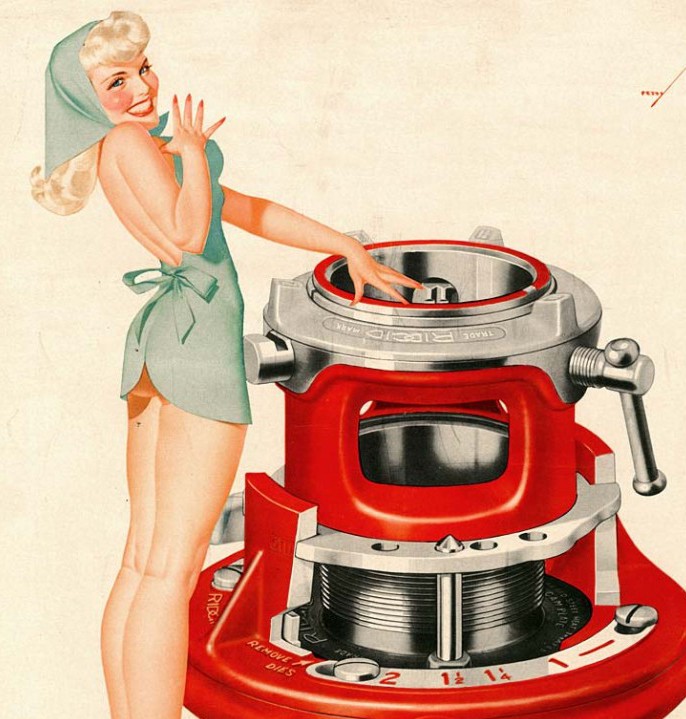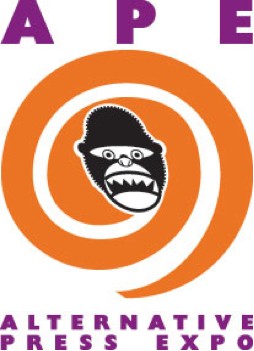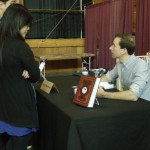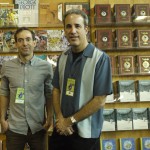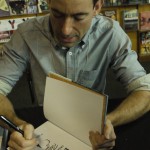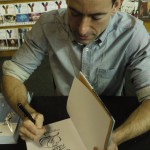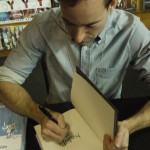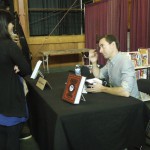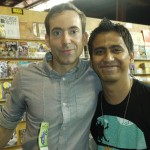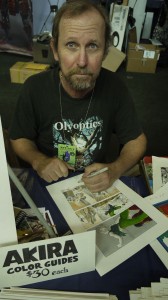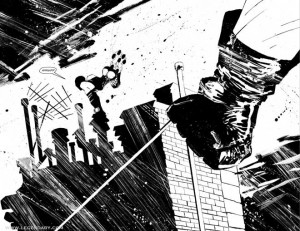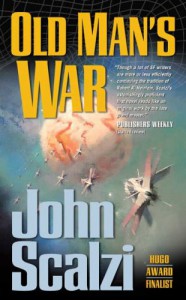Her name is not that important. Though it was a beautiful, uncommon name, I will grant you that. To this day, when someone says the name out loud, it’s she who comes to mind, and not the flower.
I know what you’re thinking, right now. You think this is a story of unrequited love. Of half-forgotten crushes and missed opportunities. It isn’t.
We were in school together. The same class, and for a few years, the same section, even. We never really talked to each other. We were at that awkward age where if you showed too much of an interest in a member of the opposite sex, people would giggle. Maybe somebody would come up with a story of how the two of you were seen together in the playground (the back-field, we called it), and the giggles would become whispers, and maybe a teacher would notice. So no, we did our own thing, and acknowledged each other’s presence with smiles in the morning, the same polite neutral smiles that was extended to everyone you were not best friends with, in class. Maybe we even sat in the same group during tiffin break, sometimes. I do not remember.
What I do remember was the day I really, really noticed her. It was the day she sang. It was a free period, and the teacher called her to the front of the class to sing. Not her specifically, she just asked for a volunteer, anyone who could come and sing a song for all of us. I think we were all a little surprised that she stood up and walked to the front, with none of the usual squeamishness one would expect from such an exercise.
You may wonder if I am making up these details, considering that its been more than fifteen years, but trust me, I remember it all. I even remember her making eye contact with me as she walked by, and that I looked around to see if anyone had noticed.
So she sang. The song wasn’t spectacular – just another love song of the eighties, something about a girl waiting for a guy and the guy asking her not to love him so much. But her voice was. It somehow got the right inflections, the pitch-perfect emotion that song needed. I remember that it was very very quiet when she sang, and she did not look at anyone in particular, even though all of us held our breath and stared at her. I remember the loud applause at the end of it, and the smile on her face as she walked back to her seat. All of us knew (if you leave aside the fact that we were all 15-year olds who did not really know that much about music), and most of us agreed, when we talked about it later on, that it was Her Song. She had made it hers, that afternoon.
She went on to sing on stage, for school events. They tried to get her to sing that song again, but she wouldn’t. The only time she did was on a class picnic because we asked her to. We sang other songs, that evening, but we felt so happy that she sang that song again. I even threw caution to the wind, went sat down next to her in the bus when we were coming back, and told her how much I liked her voice. She smiled and said something nice in return; I don’t remember what exactly.
This Sunday I was among friends, and we were talking about songs from our childhood. At one point, we began to Youtube those old relics, and by a peculiar daisy-chain of links and melody associations, that song began to play. There was that brief, exultant rush of blood to the head, that slightly off-kilter feeling when you wonder how long it’s been since you heard that tune, and when melodies and sounds bring back a rush of memories buried under real-world concerns.
The song that played onscreen, the one that I hummed along with, was the somewhat-cheesy, slightly mispronounced original that we all know. The song that played in my mind was your song, M. Yours alone.
(She died, or so I heard. Two years after we left school.)
